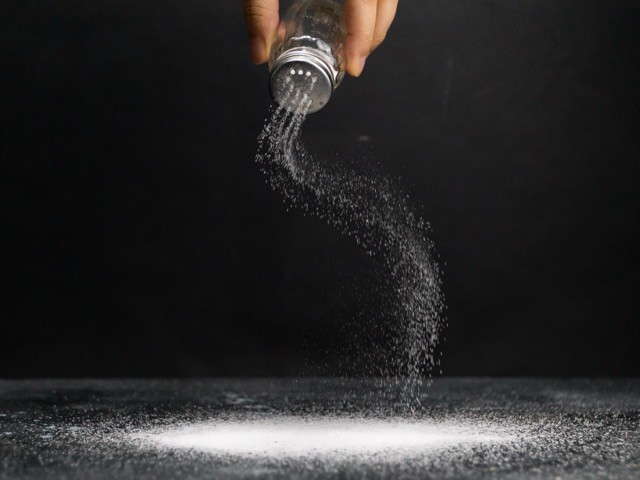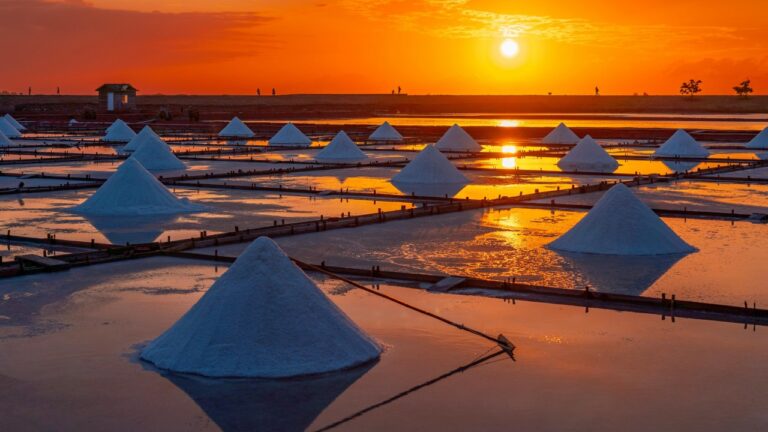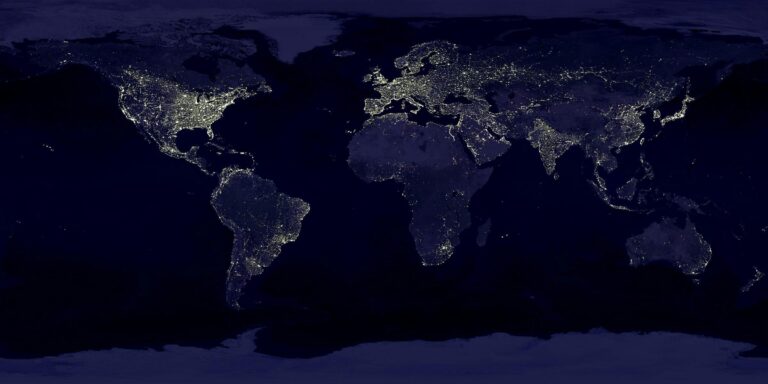Sri Lanka is facing a severe salt shortage after weeks of heavy rainfall disrupted production at key salterns in Hambantota, Elephant Pass, and Puttalam. Prices have quadrupled, supermarket shelves are bare, and residents report “hunting for salt for days.”
Over 15,000 metric tons of harvested salt were washed away, while Puttalam—responsible for 60% of national production—reported a 5-fold price surge. A 50 kg bag now sells for over £17, up from £3.70.
Though Sri Lanka produced over 100,000 metric tons of salt in the past year, national demand exceeds 180,000 tons. Daily consumption stands at 500 tons.
The crisis was worsened by delayed imports caused by a salt import ban—a policy maintained at the request of local producer associations. After importing 12,500 tons early on, the government paused further shipments, hoping domestic harvests would cover demand. But continuous rains have crushed that hope, forcing an urgent policy reversal.
On May 15, the government temporarily lifted the ban through June 10, allowing emergency imports without special licenses. However, importers warn that logistical delays—especially in sourcing salt from northern India—make it unlikely that sufficient volumes will arrive in time.
About 3,050 tons of salt from India began arriving this week, with expectations of 40,000–50,000 tons entering the country in the next 20 days. Meanwhile, panic buying has intensified shortages, highlighting Sri Lanka’s fragile food security and overdependence on seasonal production.



